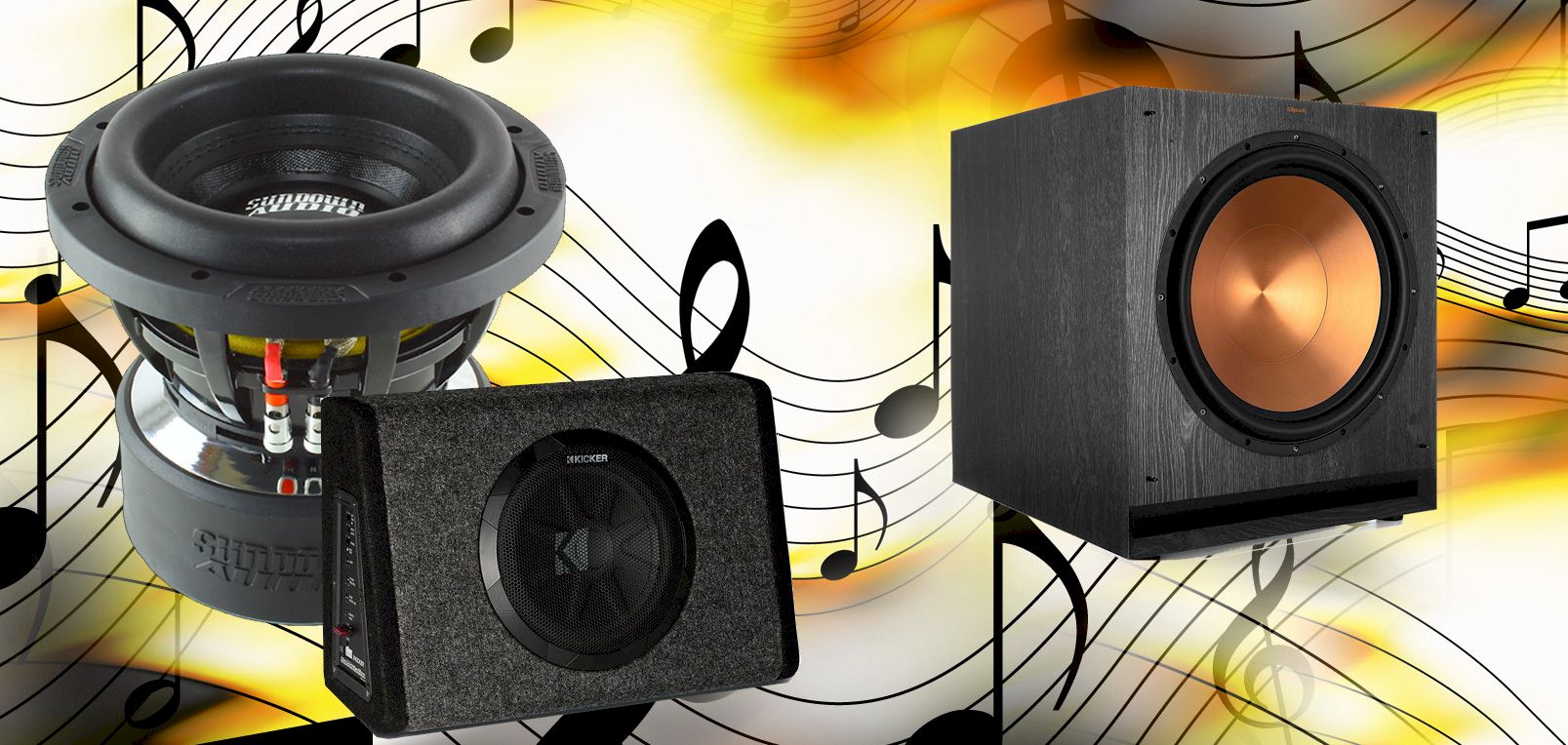The blown-out subwoofer can be a common issue, and you might not even notice it’s broken. Usually, when you have a blown-out subwoofer, you will get very distorted sounds, and your overall experience will be ruined for sure.
Here, I will tell you how to test the subwoofer for any issues. There are different ways you can test, and I will go through most of them. So, stick till the end to learn the various methods of testing a subwoofer.
Contents
How do I know when a subwoofer blows?
A subwoofer surely has the most impact on the sound quality of your system. So, if there is anything wrong with your subwoofer, you can easily notice that. It’s pretty evident in the sound output, and you can see the impact right in front of you.
You will know your subwoofer is blown when the sounds are distorted or break in between frequencies. Aside from this, if you notice a decline in the quality of your subwoofer, that can also mean your subwoofer is blown out.
However, just by the sounds, you can't tell if it's blown out or having other issues. So, you have to test your subwoofer to know for sure if the subwoofer is blown out.
Related: How to connect subwoofer to receiver without subwoofer output
How to test a subwoofer with a multimeter
Using a multimeter is the easiest way to test the subwoofer if it’s blown out or not. If you don't have a multimeter, you should get one, as you will find it pretty handy for other kinds of stuff.
The purpose of using a multimeter, in this case, is to check the voice coil resistance. This tells you if the subwoofer is working fine or it is blown out. Here are the steps you can follow to find out the resistance of the voice coils.
Related: Top-rated Subwoofer Under 500
- First of all, you have to turn off your subwoofer or cut the power source. Otherwise, you will not get the proper measurements.
- Then, free your subwoofer from all kinds of cables and wirings. Make sure to remove all the input cables or power cables from your subwoofer.
- Then, get the subwoofer out of the enclosure to access it properly. Now, you will have to uncover the woofer where you can have access to the voice coils. This is subjective to what subwoofer you have.
- Once you have access to the subwoofer's voice coil, you have to take your multimeter and attach it to the voice coil terminals. You will see a positive terminal on your voice coil, so make sure to use the positive end of the multimeter there.
- After that, attach the negative probe to the negative terminal.
- Finally, turn on your multimeter, and you should see the resistance of your subwoofer.
Related: Ported subwoofers vs. sealed subwoofers
Well, this is how you test, but what about the results? Don’t worry, I have got you covered with that. So, there are three possibilities or readings you may get from your multimeter.
If you see no resistance in the multimeter reading, then the voice coils of your subwoofers are already damaged. Also, when the reading shifts constantly too much, it indicates a blown-out voice coil.
The only safe scenario is when the multimeter reads 1 ohm or more as the resistance. This will indicate some other issues with your subwoofer, and it’s not blown out.
Related: How to connect a subwoofer to an old amplifier
How to test subwoofer without Amp
An easy way to test your subwoofer is through the sound you get from it. And having an amp for that helps a lot in identifying the issues of your subwoofer. You will get to hear all the flaws and distortion of a blown-out subwoofer very clearly with an amp.
However, if you want to be more specific and detailed about the tests or don’t have an amp, you can test your subwoofer without an amp.
Now, if you want to test out your subwoofer without connecting it to the amp, there is something you can do. Just follow the steps below, and you should be fine.
- The first thing to do here is to gather the tools you will need to test your subwoofer. Here, you will need a 9V battery, a tester or multimeter, and a wire.
- Once you have all that, you can begin with connecting the battery with the subwoofer. To do that, you have to take the wire and attach the coil's positive terminal with the positive end of the 9V battery. Do the same for the negative ends as well.
- After you have successfully connected the battery, check if the woofer's cone is rising up or not. If your subwoofer is working well, then it will rise as soon as you connect the battery. And when you disconnect, it should go down.
- If the subwoofer doesn’t show any movement, you must assume that it is blown out already.
- In that case, you can use a tester or multimeter to confirm if the subwoofer is blown out or not. For that, you can follow the previous method of measuring the resistance of the subwoofer. Any reading besides 1 ohm or above means your woofer is blown out.
This is a great way to determine whether your subwoofer is blown out and needs to be fixed or you are having other issues with it.
Related: SVS sb1000 vs pb1000, Subwoofer Comparative Reviews
Wrap up
In short, knowing how to test a subwoofer can help you save up some cost of going to the mechanic as it will let you know if there are any issues with the voice coil or its placement or not. Once you know the issues, you can replace the parts yourself or go for an expert after that.
Also, it’s not that difficult to test your subwoofer for any issues, so it shouldn’t be much of a problem for you. However, you should always rely on professional help for the fixes and repairs rather than trying yourself. Once you test the problems, the cost will be much lower than you would expect.

HI, John Andrew here. I’ve been an audiophile since I was a little kid. I’m an original member of myaudiolover . It emerged as a way for me to share my passion and knowledge for audio technology. If you’re looking for tips, techniques, and insights about audio-tech, that can enable your productions that professional edge, then MyAudioLover is the place for you!

